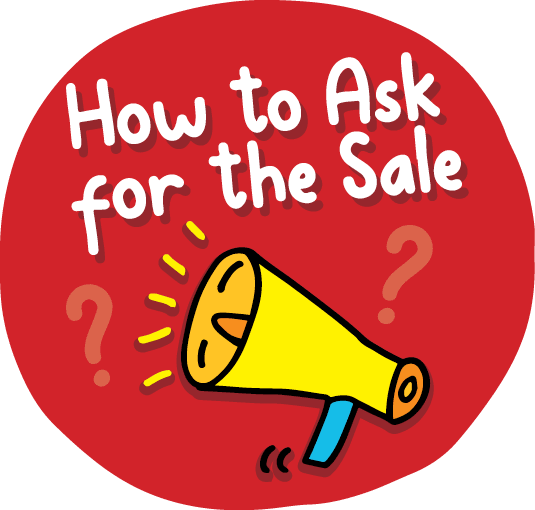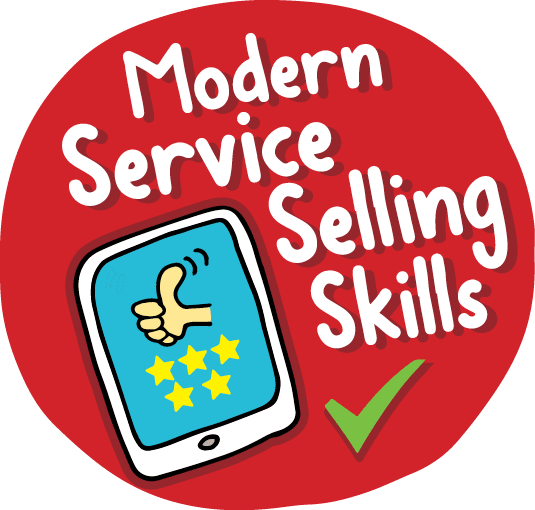Introducing the Dealership Ecosystem - Best Practices for Retaining Your Business
By Ted Ings, Customer Experience Expert #CX.
Mr Ings has been an automotive industry professional since 1981 and has personally delivered thousands of retailer initiatives internationally as well as successfully implemented dozens of OEM manifest programs.
The word "ecosystem" is not a term traditionally used in the auto industry.
However, a dealership's ecosystem is what can set them apart from their competition. Especially in today’s market where the customer's loyalty is not what it used to be as their options seem to be limitless. That said, the goal is to explore how a dealer can create their very own ecosystem with the goal in mind to increase sales with current customers - keeping them within the dealership.
What is an Ecosystem?
An ecosystem is simply a complex network or interconnected system. With regards to a dealership, the ecosystem is the “network” that keeps the customer cycling between sales and service.
As for how the ecosystem is managed - more often than not - on the dealer level, it is seen as two separate businesses. Where the departments do not work together. Hence, it is not an ecosystem, but two departments.
One example of the disconnect in the ecosystem is the equity mining position on the dealer level. Where the service advisor tends to get upset because the sales consultant is “stealing” their customer.
In which case, the service department feels as if their business is being taken away. This is not a good excuse nor is it their customer, either. It is the dealership's customer. That said, it is essential for the two departments to work together as the customer should be returning to service with their newly purchased vehicle. Thus, the ecosystem. Whereas, if we do not effectively stay in touch - or manage the relationship within the CRM - the customer may or may not come back to purchase another vehicle.
Who Manages the Ecosystem?
The dealer as a whole manages the ecosystem with each department contributing. Noting that the sales consultant will sell the vehicle to the customer. Taking the time to introduce them to the service department. Making sure they are aware of the OEM and dealer programs. Putting that face to a name. So when the service customer does come into the dealership for their first appointment it is a great experience.
As for the service advisor, as the dealer's customer continues their journey - ownership - of the vehicle, coming in for their service visits, it is time to phase in the soft sales approach, which is most commonly referred to as the “equity mining.” Where the consultant will call the customer and start discussing their options. This can all go south, though if the efforts are misdirected. All the more reason to have a sound process so there is not a disruption in the ecosystem.
As we know road-blocks or issues can cause for the foundation to crumble.
That said, here are some of the best ways to handle the customer's journey:
Phase One: The customer purchases their vehicle, and the sales consultant explains the advantages of servicing with their dealership. Taking the time to introduce them to the service lane. This phase is most important as it is the customers first experience with the dealer's service center. Another way to handle the introduction is to have the service advisor call the customer within the first month - when it is time to schedule their first visit. This way the customer has a point of contact for service. The advisor should also have a great relationship with the sales consultants. As you will see that the benefit of that in Phase Two.
Phase Two: The Service Advisor manages the relationship built with their customer. Making sure to touch base with them during the OEM intervals. Offering them solutions to best take care of their vehicle. Ensuring that their customer receives VIP treatment. The sales consultant should also follow-up making sure to say hello when their customer is due in for service that day. A customer will most likely be pleased to have their sales consultant say hello when they are there for service. In fact, they might even have a family member, colleague, or friend who is in the market to purchase a vehicle.
Phase Three: Once the customer's vehicle has hit the sweet spot - as defined by the dealership - such as 60% paid off, or they have equity and are facing a high repair cost. Their advisor - advocate - can offer them to purchase another vehicle. Offering them a deal. Making sure to provide value in purchasing another vehicle. Everything from a new warranty, maintenance, to having the peace of mind not having to worry about costly repairs. In which case, they would then hand the customer back to their sales consultant who would restart the cycle.
Benefits of an Ecosystem
Book a Complimentary "Ask the Expert" Discovery Call with Ted Ings
Exclusively for Dealers, Executive Managers and OEM/Lender/Suppliers
The benefit of the ecosystem is to create a cycle of business for the dealership. Where their customer has a strong relationship with both sales and service. In essence, the customer has an advocate on both sides. Verus the customer feeling like sales and service are two completely different businesses. While this sounds confusing - as technically they are two businesses - the goal is to foster a relationship that is fluid between both departments.
That relationship - if fostered effectively - will remain solid. A solid relationship - one built on honesty and trust - can offer the dealership more revenue. Especially knowing that a repeat customer tends to spend more and are easier to work with.
How to create an Ecosystem
More often than not, a dealership will try and use a “middleman” to handle the equity mining - Ecosystem - which can have unknown consequences.
Think about this for a moment, the customer knows the service advisor and sales consultant relatively well, no? So if a person they have never heard of before were to call them and ask them to purchase another vehicle, do you think it would go over as well? And that is not to say that there are not successful equity mining going on now. However, you never hear of dealers doing more than 15-20 units a month, which seems really low.
That said, to create an Ecosystem it all starts off with the sales to service handoff.
Where the sales consultant takes the time to introduce the customer to service. Explaining to the customer the benefits of servicing with the dealership. At that time, once they meet the service advisor they have been assigned too - the customer will then build their relationship with the service advisor. And when it comes time to sell the customer another vehicle. The service advisor will be sure to start the cycle again by handing them back over to their sales consultant. This can only be successful, however, if both the service advisor and sales consultant work together as a team.
Bottom Line: Residual business - with current customers - is the end goal. Given that the profit margin tends to be significantly better with customers who already know you, and the brand.
However, with so many choices in today's market - the competition is heightened. And to ensure that the ecosystem remains constant, it is crucial to follow the above processes.







